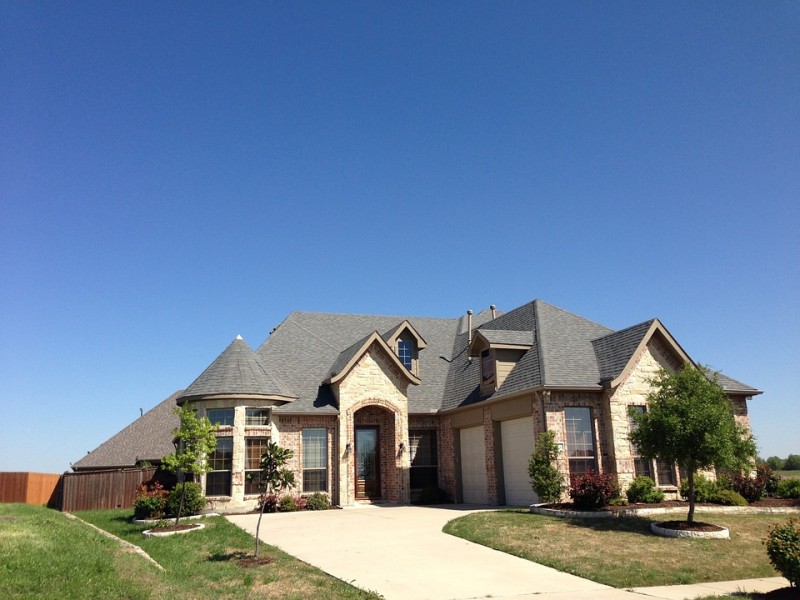As a homeowner, you are 5 times more likely to file a water damage insurance claim than a fire one. The likelihood of having to file such a claim increases during the winter season. Why? Cold weather raises the chances of your pipes bursting, cracking or experiencing other problems related to freezing.
The last thing you need is a plumbing disaster around the holidays. Save yourself a headache and cost of plumbing repairs or replacement by making sure your home’s plumbing is winterized. Don’t know what to do?
Follow these easy steps to get your plumbing ready for winter!
1. Winterize Your Pipes
The first thing you need to do is get your plumbing winterized:
- When there is no water in the water heater tank, turn off the water heater, pump, and main water valve
- Keep all taps and valves open during the winter
- If there is water in the holding tank, drain it
- For the jet pump case, add antifreeze (optional)
- Drain the hot water tank through the drain valve
- Add antifreeze to drain taps in sink and tub drains
- Remove excess water from the pipes (air compressors are helpful)
- Flush toilets and add antifreeze if the tanks and bowls do not completely drain
2. Perform Preventative Measures for Pipe Freezing
Although you did a great job winterizing your pipes, don’t stop there. There are preventative steps you can perform daily or at any time to help keep your plumbing safe from harsh temperatures:
- Keep crawl spaces insulated
- Block vents leading outside
- Insulate exposed pipes or plumbing located in cold and uninsulated areas with wrapping, insulation sleeves, or slip-on foam
- During extremely cold days, allow the faucet to slowly drip to assist water flow
- Protect pipes with heat tape (be mindful of possible hazards of heat tape)
- Open the cabinets below sinks so warm air can circulate around them
It is also a good idea to have a plumbing company in mind that you will use if something happened.
3. Plan Ahead for Travel
Most people like to travel to warmer weather during the winter and if that’s you, you need to plan ahead for your plumbing. Although you might want to save energy while you are not home, it is not a good idea to set the home’s temperature below 55 degrees. Lower temperatures can encourage bursts and leaks that will go unnoticed for days to months – potentially costing you thousands of dollars. Consider shutting off the main water supply while you are gone and then drain the pipes by turning the faucets on.
4. Maintain Your Furnace and Water Heater
Make sure your furnace is working before the cold hits. A broken furnace won’t be able to heat up your home – leaving your pipes vulnerable to cold temperatures. Don’t forget the small things like cleaning the filter too.
It is especially important to make sure your water heater is functioning properly because it plays a big role in preventing pipes from freezing. Have some professional Winnipeg plumbers check the sacrificial anode rod of the tank and inspect if there is any corrosion or wear. It’s better to fix or replace it now than after a frozen pipe burst.
5. Take Care of Any Plumbing Problems Now
Following furnace and water heater maintenance, it is important to take care of any plumbing problems you have now. Better to get a small crack fixed presently than wait until the cold temperatures chip off more and lead to a pipe burst. Inspect openings or cracks in walls and use caulk to close the gaps for keeping cold air out. If you suspect any issues, it doesn’t hurt to have a professional company come out and do an inspection for you.
6. Be Kitchen Smart
You may not realize it but being careful about what you do in the kitchen can help keep your pipes from cracking or worse. For example, you can:
- Only use the dishwasher when it doesn’t have to compete against appliances like washer, dryer, and showers – preserving water pressure
- Scrape hardened grease into the trash instead of pouring liquid fats and oils into the garbage disposal – preventing the pipes from clogging
- Before adding waste down the garbage disposal, turn it on first and run water down it afterward – clearing the system
By following these simple steps, you can be more than prepared for winter – you will be equipped with cold weather fighting techniques so your plumbing remains safe from freezing temperatures!

